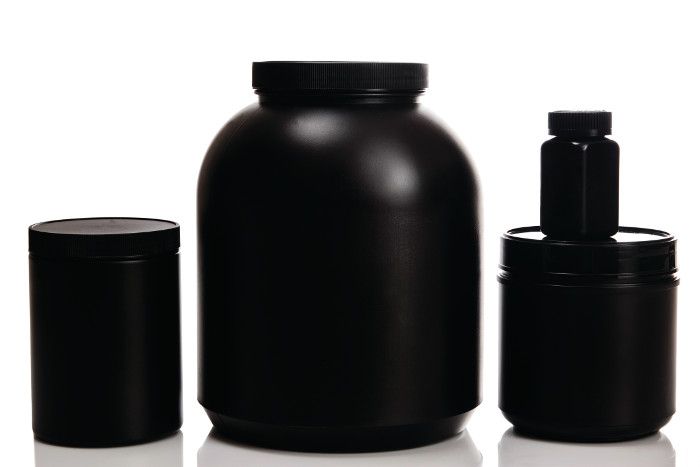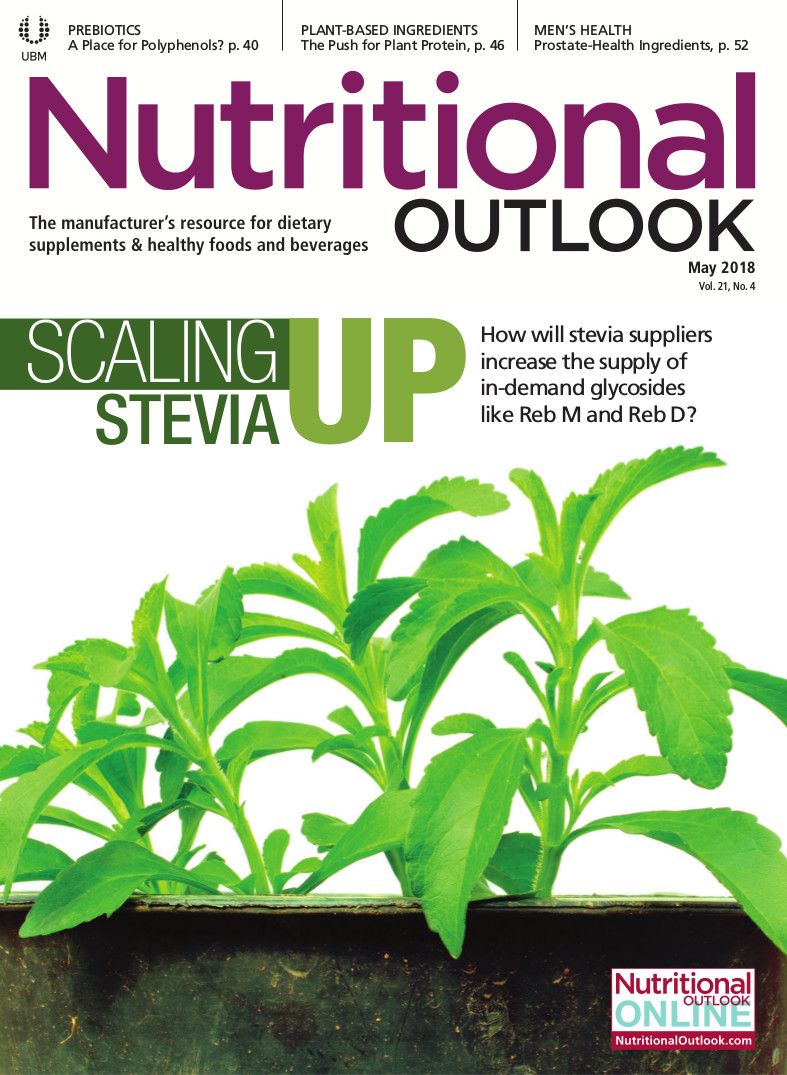How Lifestyle Dietary Supplements Use Social Media Instead of Science on Packaging to Sell the Brand
Does a new minimalist approach to dietary supplement packaging mean brands no longer need to put science front and center?
Photo © Shutterstock.com/BLACKDAY

In an earlier article, I wrote about how lifestyle and beauty companies such as Gwyneth Paltrow’s Goop or any number of brands sold in Sephora stores are getting into the business of selling dietary supplements.
While most of these brands are selling nutricosmetic supplements that work from the inside out, what’s on the outside-the supplement packaging-is also very important to this audience especially. Often (but not always), packaging that appeals to the lifestyle or beauty set is less cluttered and more streamlined-in short, an aesthetic that is a natural extension of the brand.
Libby Rodney, chief strategy officer for market researcher Harris Insights & Analytics (Rochester, NY), whom I interviewed in my earlier article, spoke about how some of these brands purposely forgo overloading their labels with product information. Instead, they prefer to provide information to customers elsewhere-such as, say, on a brand’s lifestyle blog.
“What they’re doing is putting all of that detail and the ‘why purchase’ in other elements of the marketing,” Rodney says. “They’re not looking at [packaging] as ‘my only sell is when you pick up this product.’ They’re looking at it like, ‘Hey, I’ve created this fan base with you, and I’m going to send you this e-mail about [the product]. I’m also going to talk about it on my podcast, and I’m going to put little elements of why it’s effective on my Instagram.’”
“They think about it more holistically,” she continues. “How do I slowly convince you that this is the right product for you, versus featuring every product implication or efficacy element on the packaging.” Those constant, gradual touchpoints can build a powerful sense of trust that customers bring with them when it comes time to purchase.
Also, just because these customers may prefer simpler labels doesn’t mean they aren’t concerned about what’s in the product. On the contrary, Rodney says, these customers are doing the research to find out what’s in the product before they purchase, and they’ll often get that information from the brand itself, through alternative media streams as mentioned above. In fact, “that minimalism in packaging and less detail is actually seen as something that’s more trustworthy, because something that’s overly detailed makes customers think that there might be ‘fine print’ involved” that might disadvantage them, Rodney says. “So, you might just paralyze the person, and they walk away from the experience.”
This approach is different than that of “legacy supplement brands,” says branding and design expert Yadim Medore, founder and CEO of Pure Branding (Northampton, MA). “Those supplement brands…have built their brands around structure/function and features and benefits. It’s a battle of value and equity of a ‘lifestyle’ brand versus the legacy supplement brands that are about merely solutions and that lead with the science.”
The old way isn’t always the best way, though. Ultimately, Medore says, many brands make identical claims that end up neutralizing each other. “Over the past 20 years, we’ve identified classic pitfalls that supplement brands fall into time and again-they lead with science, they believe their technology differentiates them, they believe their solution is the best and highest quality,” says Medore. “These are all merely cost of entry, and when every brand is making these same claims, it’s just noise.”
Lifestyle brands that “know what their brand stands for” may have the advantage here. “These fashion or hip celebrity brands come with a fully evolved and differentiated positioning that speaks directly to their constituency,” says Medore. “A lifestyle brand, at its core, is one that seeks to inspire, guide, and motivate-and, in its largest sense, inspire a movement that defines a way of life. They position their supplements as part of that lifestyle. They don’t need to lead with the science”-although, he adds, a company better have the goods (the science and the efficacy) to back its product.
“The issue is not about how much or little the scientific evidence is included in the packaging,” Medore continues. “It’s how it’s positioned in relation to gaining the trust of the consumer. We know from our research that credibility ultimately comes from the brand meaning, and not the science. The science just adds assurances.” In general, he says, “The clarity of a successful lifestyle brand allows us to connect with it beyond the clutter of competing claims and features and meet it more authentically.”
The emergence of lifestyle brands in the supplements space could ultimately end up giving legacy brands a needed push to look within. “I see this as positive disruption,” Medore says, “which will force legacy supplement brands to really examine what is the meaning of their brand.”
Jennifer Grebow
Editor-in-Chief
Also read:
Dietary Supplement Package Design: New and Improved, or Tried and True?
Best Seller: Telling a Brand's Story though Dietary Supplement Package Design























Prinova acquires Aplinova to further increase its footprint in Latin America
April 7th 2025Prinova has recently announced the acquisition of Brazilian ingredients distributor Aplinova, which is a provider of specialty ingredients for a range of market segments that include food, beverage, supplements, and personal care.
Prinova acquires Aplinova to further increase its footprint in Latin America
April 7th 2025Prinova has recently announced the acquisition of Brazilian ingredients distributor Aplinova, which is a provider of specialty ingredients for a range of market segments that include food, beverage, supplements, and personal care.
2 Commerce Drive
Cranbury, NJ 08512
All rights reserved.

